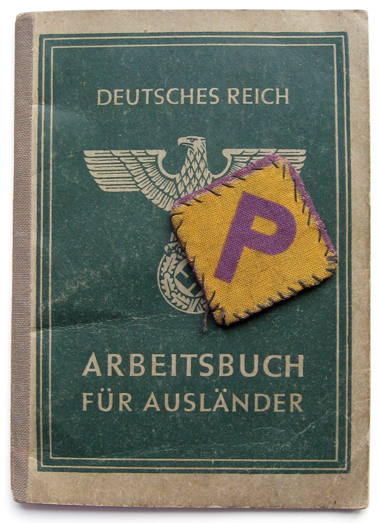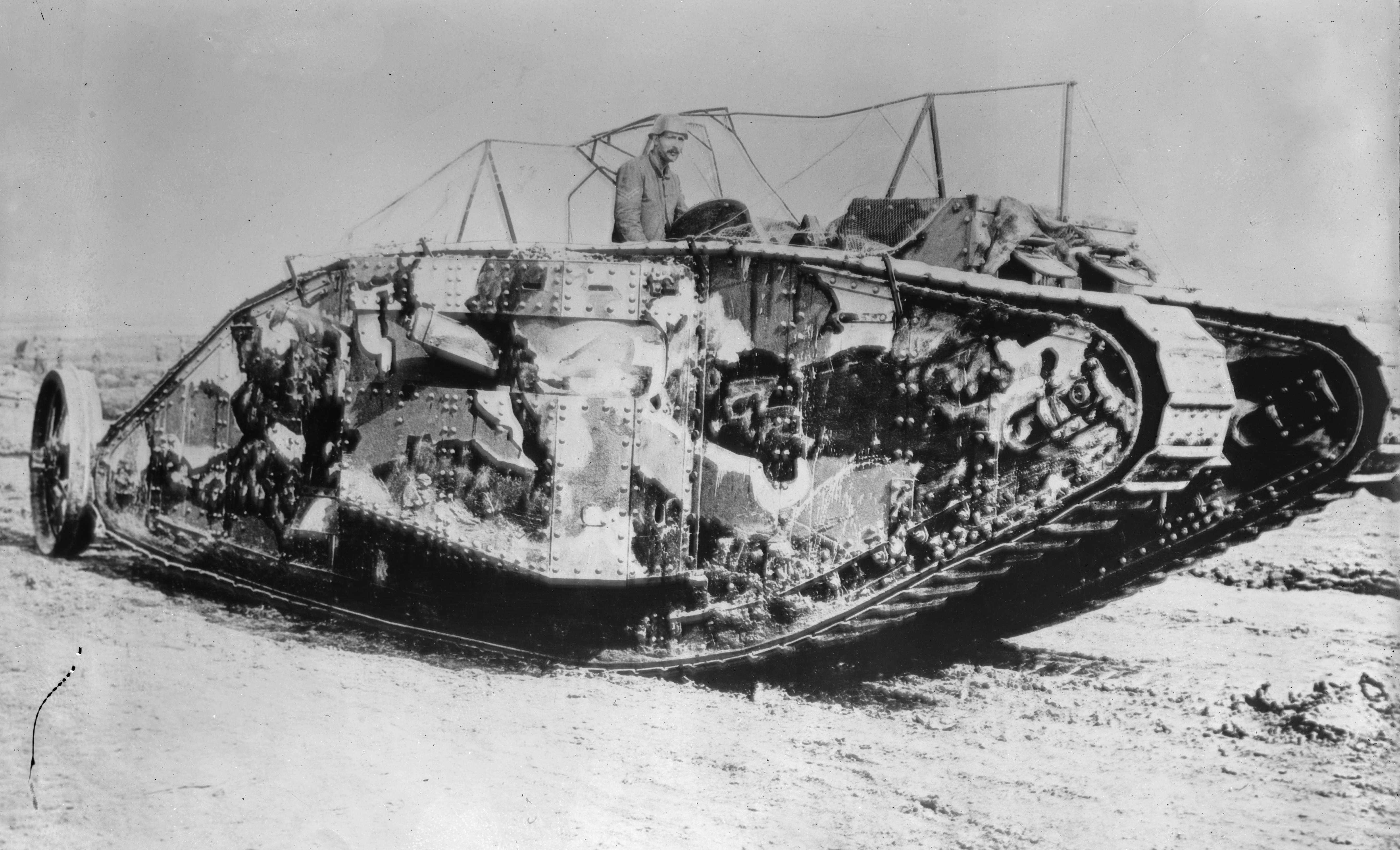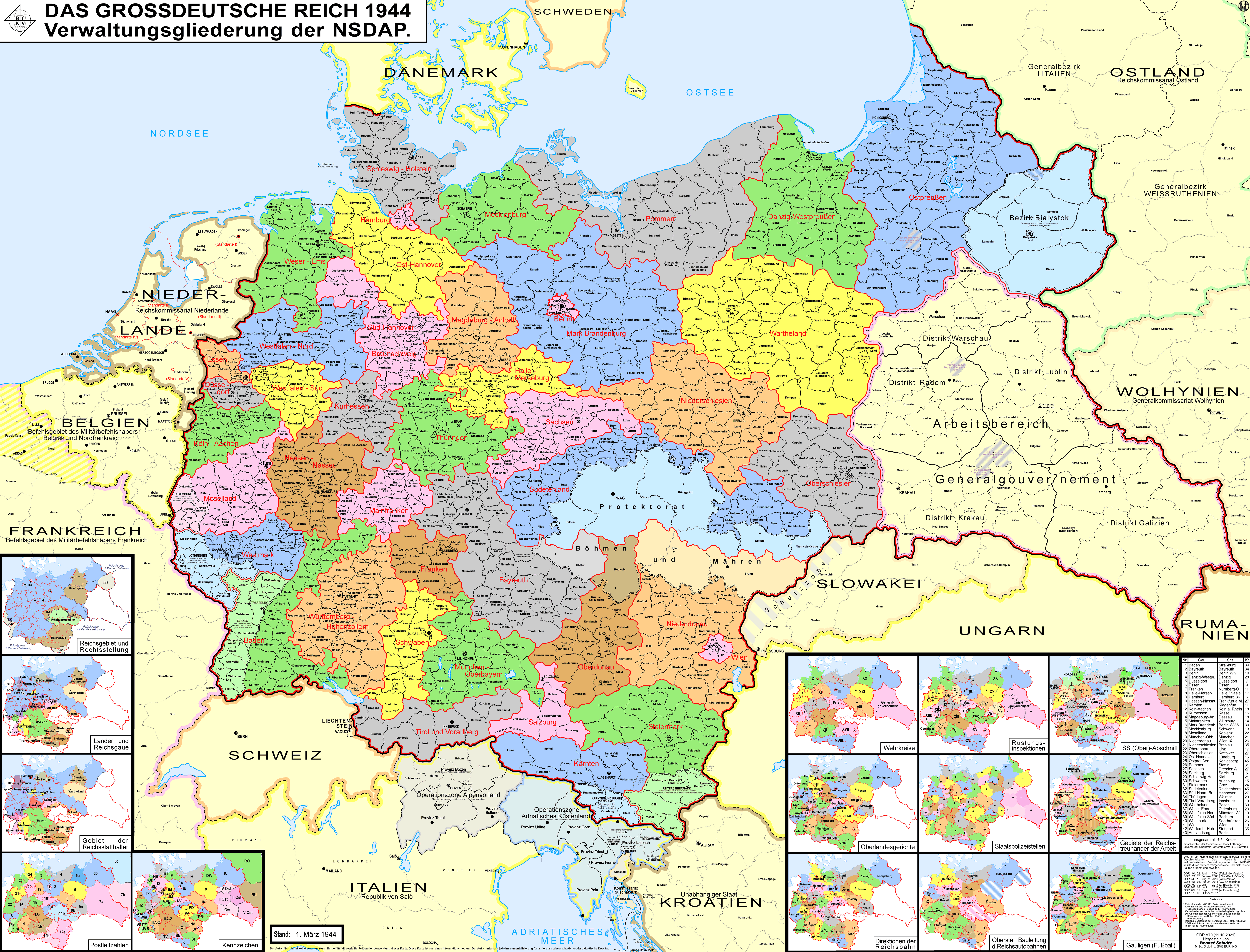|
Battle Of Kursk
The Battle of Kursk was a major World War II Eastern Front engagement between the forces of Nazi Germany and the Soviet Union near Kursk in the southwestern USSR during late summer 1943; it ultimately became the largest tank battle in history. The battle began with the launch of the German offensive Operation Citadel (german: Unternehmen Zitadelle), on 5 July, which had the objective of pinching off the Kursk salient with attacks on the base of the salient from north and south simultaneously. After the German offensive stalled on the northern side of the salient, on 12 July the Soviets commenced their Kursk Strategic Offensive Operation with the launch of Operation Kutuzov (russian: Кутузов) against the rear of the German forces on the same side. On the southern side, the Soviets also launched powerful counterattacks the same day, one of which led to a large armoured clash, the Battle of Prokhorovka. On 3 August, the Soviets began the second phase of the Kursk Strat ... [...More Info...] [...Related Items...] OR: [Wikipedia] [Google] [Baidu] |
Eastern Front (World War II)
The Eastern Front of World War II was a Theater (warfare), theatre of conflict between the European Axis powers against the Soviet Union (USSR), Polish Armed Forces in the East, Poland and other Allies of World War II, Allies, which encompassed Central Europe, Eastern Europe, Northern Europe, Northeast Europe (Baltic states, Baltics), and Southeast Europe (Balkans) from 22 June 1941 to 9 May 1945. It was known as the Great Patriotic War (term), Great Patriotic War in the Soviet Union – and still is in some of its successor states, while almost everywhere else it has been called the ''Eastern Front''. In present-day German and Ukrainian historiography the name German-Soviet War is typically used. The battles on the Eastern Front of the Second World War constituted the largest military confrontation in history. They were characterised by unprecedented ferocity and brutality, wholesale destruction, mass deportations, and immense loss of life due to combat, starvation, expos ... [...More Info...] [...Related Items...] OR: [Wikipedia] [Google] [Baidu] |
Pavel Rotmistrov
Chief marshal of the armored troops Pavel Alexeyevich Rotmistrov (russian: Павел Алексеевич Ротмистров; 6 July 1901 in Skovorovo – 6 April 1982) was a Soviet military commander of armoured troops in the Red Army during and following World War II. he fought from the first days and was present in every major Soviet battle including Battle of Moscow, Battle of Stalingrad and for leading the 5th Guards Tank Army at the Battle of Prokhorovk at the Battle of Kursk. Rotmistrov became the first Marshal of the Soviet armoured troops . Pre-War Rotmistrov joined the Red Army in 1919, and served during the Russian Civil War, during which he was involved in the suppression of the Kronstadt Rebellion and in the Polish Soviet War. He commanded a platoon and later rifle company in 31st Rifle Regiment of 11th Rifle Division. In 1928 he entered Frunze Military Academy. From 1937 to 1940 he was an instructor at the Moscow Higher Military Academy. In May 1941 he beca ... [...More Info...] [...Related Items...] OR: [Wikipedia] [Google] [Baidu] |
Cryptanalysis Of The Lorenz Cipher
Cryptanalysis of the Lorenz cipher was the process that enabled the British to read high-level German army messages during World War II. The British Government Code and Cypher School (GC&CS) at Bletchley Park decrypted many communications between the '' Oberkommando der Wehrmacht'' (OKW, German High Command) in Berlin and their army commands throughout occupied Europe, some of which were signed "Adolf Hitler, Führer". These were intercepted non- Morse radio transmissions that had been enciphered by the Lorenz SZ teleprinter rotor stream cipher attachments. Decrypts of this traffic became an important source of "Ultra" intelligence, which contributed significantly to Allied victory. For its high-level secret messages, the German armed services enciphered each character using various online ''Geheimschreiber'' (secret writer) stream cipher machines at both ends of a telegraph link using the 5-bit International Telegraphy Alphabet No. 2 (ITA2). These machines were subsequentl ... [...More Info...] [...Related Items...] OR: [Wikipedia] [Google] [Baidu] |
Forced Labour Under German Rule During World War II
The use of slave and forced labour in Nazi Germany (german: Zwangsarbeit) and throughout German-occupied Europe during World War II took place on an unprecedented scale. It was a vital part of the German economic exploitation of conquered territories. It also contributed to the mass extermination of populations in occupied Europe. The Germans abducted approximately 12 million people from almost twenty European countries; about two thirds came from Central Europe and Eastern Europe.Part1 an Part 2 . Many workers died as a result of their living conditionsextreme mis ... [...More Info...] [...Related Items...] OR: [Wikipedia] [Google] [Baidu] |
Axis Powers
The Axis powers, ; it, Potenze dell'Asse ; ja, 枢軸国 ''Sūjikukoku'', group=nb originally called the Rome–Berlin Axis, was a military coalition that initiated World War II and fought against the Allies. Its principal members were Nazi Germany, the Kingdom of Italy, and the Empire of Japan. The Axis were united in their opposition to the Allies, but otherwise lacked comparable coordination and ideological cohesion. The Axis grew out of successive diplomatic efforts by Germany, Italy, and Japan to secure their own specific expansionist interests in the mid-1930s. The first step was the protocol signed by Germany and Italy in October 1936, after which Italian leader Benito Mussolini declared that all other European countries would thereafter rotate on the Rome–Berlin axis, thus creating the term "Axis". The following November saw the ratification of the Anti-Comintern Pact, an anti-communist treaty between Germany and Japan; Italy joined the Pact in 1937, foll ... [...More Info...] [...Related Items...] OR: [Wikipedia] [Google] [Baidu] |
Operation Polkovodets Rumyantsev
Operation or Operations may refer to: Arts, entertainment and media * ''Operation'' (game), a battery-operated board game that challenges dexterity * Operation (music), a term used in musical set theory * ''Operations'' (magazine), Multi-Man Publishing's house organ for articles and discussion about its wargaming products * ''The Operation'' (film), a 1973 British television film * ''The Operation'' (1990), a crime, drama, TV movie starring Joe Penny, Lisa Hartman, and Jason Beghe * ''The Operation'' (1992–1998), a reality television series from TLC * The Operation M.D., formerly The Operation, a Canadian garage rock band * "Operation", a song by Relient K from '' The Creepy EP'', 2001 Business * Business operations, the harvesting of value from assets owned by a business * Manufacturing operations, operation of a facility * Operations management, an area of management concerned with designing and controlling the process of production Military and law enforceme ... [...More Info...] [...Related Items...] OR: [Wikipedia] [Google] [Baidu] |
Battle Of Prokhorovka
The Battle of Prokhorovka was fought on 12 July 1943 near Prokhorovka, southeast of Kursk, in the Soviet Union, during the Second World War. Taking place on the Eastern Front, the engagement was part of the wider Battle of Kursk and occurred when the 5th Guards Tank Army of the Soviet Red Army attacked the II SS-Panzer Corps of the German Waffen-SS in one of the largest tank battles in history. In April 1943, the German leadership began preparing for Operation Citadel, with the objective of enveloping and destroying the Soviet forces in the Kursk salient by attacking and breaking through the base of the salient from north and south simultaneously. The German offensive was delayed several times because of the vacillation of the leadership (Hitler repeatedly delayed launching the attack so that more Tiger tanks could be delivered to the front, hoping that a technical advantage would help him win the offensive) and the addition of more forces and new equipment. The Soviet ... [...More Info...] [...Related Items...] OR: [Wikipedia] [Google] [Baidu] |
Operation Kutuzov
Operation Kutuzov was the first of the two counteroffensives launched by the Red Army as part of the Kursk Strategic Offensive Operation. It commenced on 12 July 1943, in the Central Russian Upland, against Army Group Center of the German ''Heer''. The operation was named after General Mikhail Kutuzov, the Russian general credited with saving Russia from Napoleon during the French invasion of Russia in 1812. Operation Kutuzov was one of two large-scale Soviet operations launched as counteroffensives against Operation Citadel. The Operation began on 12 July and ended on 18 August 1943 with the capture of Orel and collapse of the Orel bulge. Background As the end of the rasputitsa or rainy season approached, the Soviet command considered their next steps. Stalin strongly desired to seize the initiative and attack the German forces but was convinced by his senior commanders to take an initial defensive posture and allow the Germans to weaken themselves in attacking prepared posit ... [...More Info...] [...Related Items...] OR: [Wikipedia] [Google] [Baidu] |
Salient (military)
A salient, also known as a bulge, is a battlefield feature that projects into enemy territory. The salient is surrounded by the enemy on multiple sides, making the troops occupying the salient vulnerable. The opponent's front line that borders a salient is referred to as a re-entrant – that is, an angle pointing inwards. A deep salient is vulnerable to being "pinched off" through the base, and this will result in a pocket in which the forces in the salient become isolated and without a supply line. On the other hand, a breakout of the forces within the salient through its tip can threaten the rear areas of the opposing forces outside it, leaving them open to an attack from behind. Implementation Salients can be formed in a number of ways. An attacker can produce a salient in the defender's line by either intentionally making a pincer movement around the military flanks of a strongpoint, which becomes the tip of the salient, or by making a broad, frontal attack which is held u ... [...More Info...] [...Related Items...] OR: [Wikipedia] [Google] [Baidu] |
Operation Citadel
Operation Citadel (german: Unternehmen Zitadelle) was a German offensive operation in July 1943 against Soviet forces in the Kursk salient, proposed by Generalfeldmarschall Fritz Erich Georg Eduard von Manstein during the Second World War on the Eastern Front that initiated the Battle of Kursk. The deliberate defensive operation that the Soviets implemented to repel the German offensive is referred to as the Kursk Strategic Defensive Operation. The German offensive was countered by two Soviet counter-offensives, Operation Polkovodets Rumyantsev (russian: Полководец Румянцев) and Operation Kutuzov (russian: Кутузов). For the Germans, the battle was the final strategic offensive that they were able to launch on the Eastern Front. As the Allied invasion of Sicily began, Adolf Hitler was forced to divert troops training in France to meet the Allied threats in the Mediterranean, rather than use them as a strategic reserve for the Eastern Front. Germany's e ... [...More Info...] [...Related Items...] OR: [Wikipedia] [Google] [Baidu] |
Tank
A tank is an armoured fighting vehicle intended as a primary offensive weapon in front-line ground combat. Tank designs are a balance of heavy firepower, strong armour, and good battlefield mobility provided by tracks and a powerful engine; usually their main armament is mounted in a turret. They are a mainstay of modern 20th and 21st century ground forces and a key part of combined arms combat. Modern tanks are versatile mobile land weapons platforms whose main armament is a large- caliber tank gun mounted in a rotating gun turret, supplemented by machine guns or other ranged weapons such as anti-tank guided missiles or rocket launchers. They have heavy vehicle armour which provides protection for the crew, the vehicle's munition storage, fuel tank and propulsion systems. The use of tracks rather than wheels provides improved operational mobility which allows the tank to overcome rugged terrain and adverse conditions such as mud and ice/snow better than wheel ... [...More Info...] [...Related Items...] OR: [Wikipedia] [Google] [Baidu] |
Nazi Germany
Nazi Germany (lit. "National Socialist State"), ' (lit. "Nazi State") for short; also ' (lit. "National Socialist Germany") (officially known as the German Reich from 1933 until 1943, and the Greater German Reich from 1943 to 1945) was the German Reich, German state between 1933 and 1945, when Adolf Hitler and the Nazi Party controlled the country, transforming it into a dictatorship. Under Hitler's rule, Germany quickly became a totalitarian state where nearly all aspects of life were controlled by the government. The Third Reich, meaning "Third Realm" or "Third Empire", alluded to the Nazi claim that Nazi Germany was the successor to the earlier Holy Roman Empire (800–1806) and German Empire (1871–1918). The Third Reich, which Hitler and the Nazis referred to as the Thousand-Year Reich, ended in May 1945 after just 12 years when the Allies of World War II, Allies defeated Germany, End of World War II in Europe, ending World War II in Europe. On 30 January 1933, H ... [...More Info...] [...Related Items...] OR: [Wikipedia] [Google] [Baidu] |






.jpg)

.jpg)

